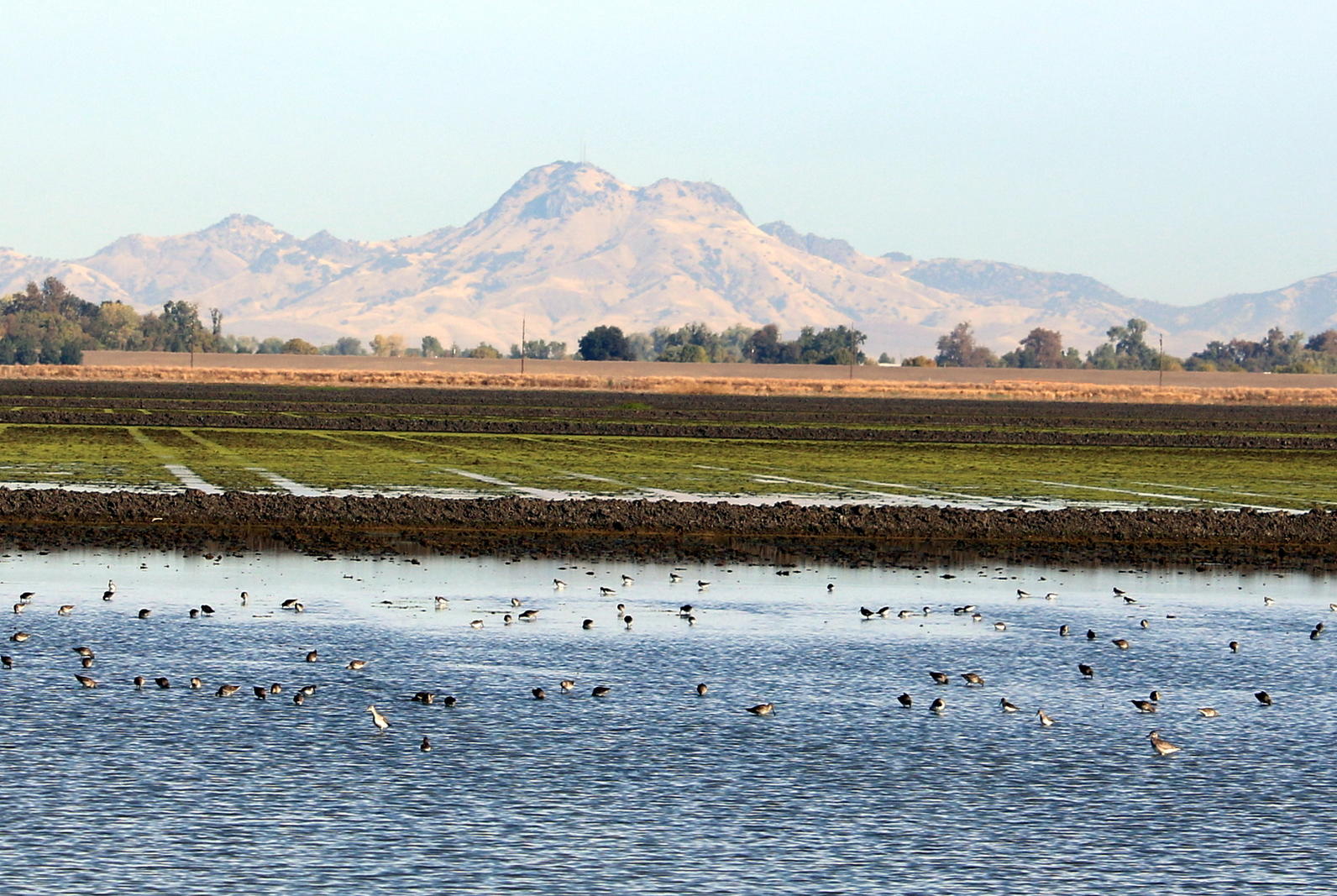
Two years after the Oroville Dam spillway began to crumble during heavy rains, forcing nearly 200,000 people to evacuate from their homes, flood waters this week are flowing down the now reconstructed spillway. The powerful storms that caused the February 2017 emergency, and this year’s wet winter, remind us that we will continue to face increasing extreme weather events due to a changing climate. However, we now have a new way to respond to these events and an opportunity to change the way we design and operate our water infrastructure in California every year. This is important not only to protect communities, but to re-create some of the ecosystem function that we lost when we built our water infrastructure roughly 150 years ago.
In our efforts to secure flood protection, water storage, irrigation, and recreation – we disconnected our rivers from their natural floodplains – floodplains that once spread out and slowed down the melting snow and large rain events, creating vast expanses of habitat, recharging our groundwater, and creating food for significant populations of wildlife. In disconnecting the river channels from the surrounding landscape, we lost 90-95 percent of the habitat that birds and fish needed for survival. It is not surprising that the result was crashing populations of ducks, shorebirds, salmon, and more.
Now we are learning how to reconnect the river to the surrounding landscape, thinking about ways to get the most out of every acre-foot of water and acre of land – not just in flood years but in every year. This is innovative work that brings together farmers, water districts, scientists, conservation groups, and agencies. We are studying, testing, and implementing new ways of managing water for multiple benefits, mimicking how the system functioned historically. This includes using and improving existing water infrastructure, like the Yolo Bypass, to target habitat for birds and fish, and building new flood protection projects that address multiple goals, including habitat. We are managing water on post-harvest rice fields to recreate migratory waterbird habitat and starting to use those same fields to grow the food needed to support healthy fish populations.
While this work won’t prevent future extreme weather events like the storm that tested the Oroville Dam, it is one piece of the solution to creating a more resilient water infrastructure system that can handle periodic extreme events like flood, while also in every year supporting healthy populations of birds and fish. Recreating historic ecosystem function and advancing holistic management of our water can be done to benefit people and wildlife.
Monthly Giving
Our monthly giving program offers the peace of mind that you’re doing your part every day.




